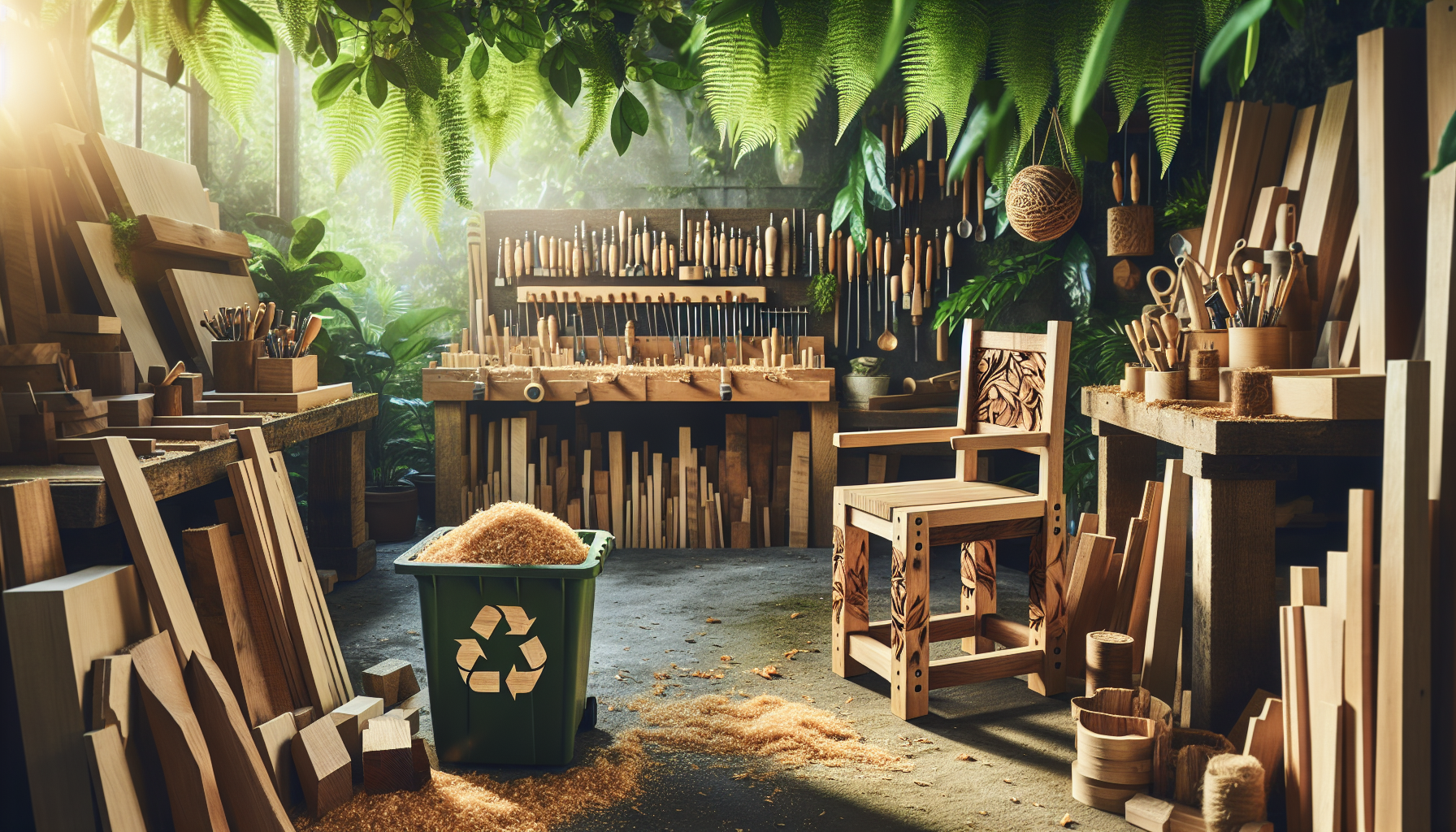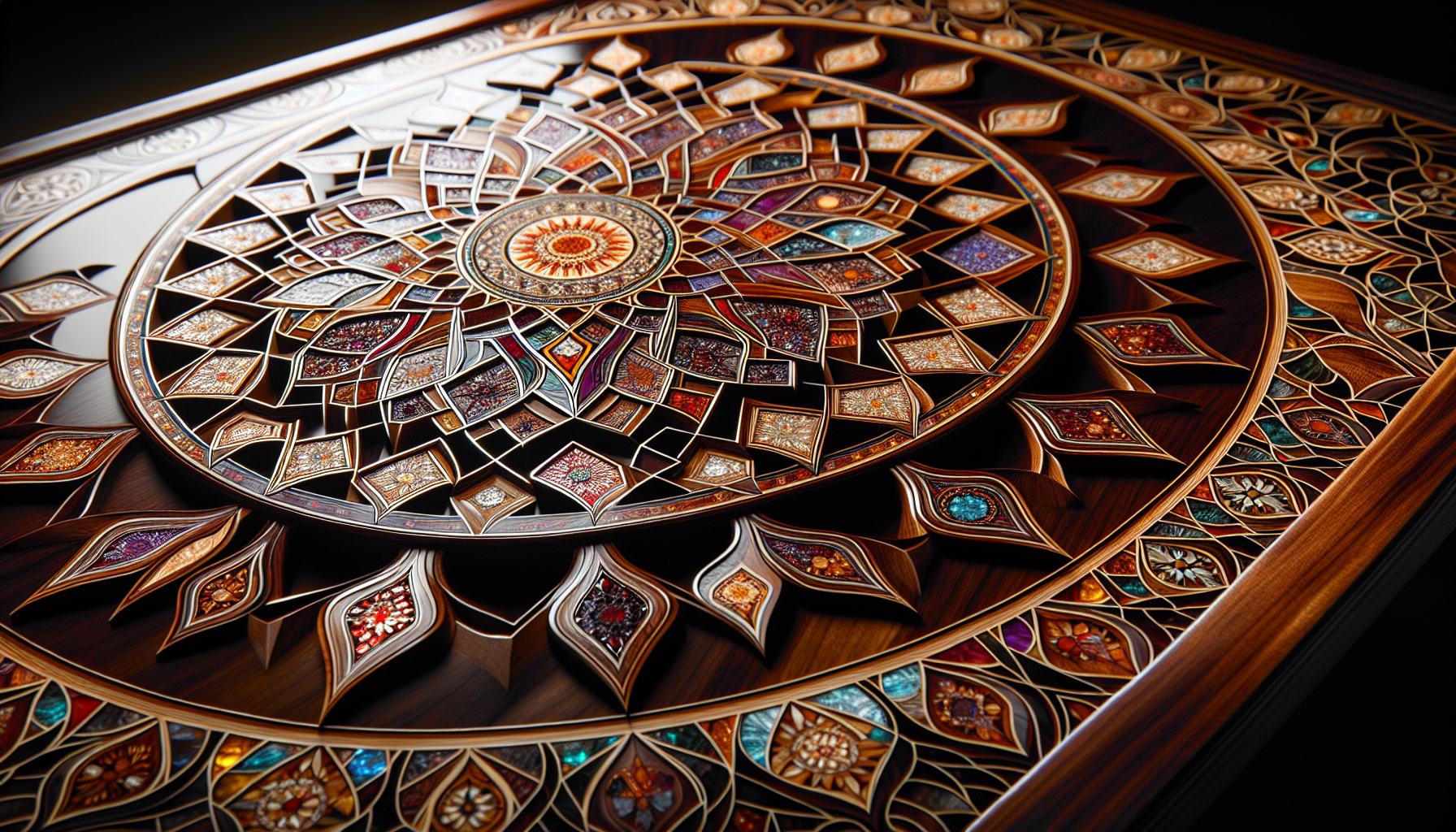The idea of eco-friendly woodworking is gradually gaining increased recognition in the realm of craftsmanship. The blend of sustainability with the compelling art of woodworking invokes a new concept that brings a perfect blend of artistry and environment-friendliness. Our exploration within this niche seeks to unearth the endless opportunities that come with eco-friendly woodworking, casting an eye toward not just creating unique pieces, but doing so mindfully, in a way that respects our shared environment.
Sustainable Lumber: Choosing the Right Wood
Before we plunge into intricate crafting techniques, it’s essential to examine the most fundamental element in woodworking: the wood itself. Choosing sustainably harvested wood not only shows respect to Mother Nature but also adds a layer of authentic ‘eco-appeal’ to your creations. But how do we determine whether wood is sustainably harvested? Wood that is certified by the Forest Stewardship Council (FSC) assures that it is derived from forests managed in an environmentally responsible manner. Furthermore, utilizing reclaimed or recycled wood is another great contribution to the eco-friendly trail. Just imagine turning what used to be an old barn door into a beautifully crafted piece of art. The artistic transformation alone is thought-provoking!
If you’re wondering about the kind of crafts you can make from sustainable wood, then you’ll find our post about the enthralling realm of mosaic artistry to be indeed inspiring. The suggested ways of blending brittleness of glass with the solidity of wood majorly contribute to this sustainability journey.
Power Tools & Machines: Energy Usage Matters
In managing an eco-friendly woodworking workshop, the efficiency of your power tools and machines matters as much as the materials you’re working with. Opting for tools that consume less energy can significantly reduce your workshop’s carbon footprint. Additionally, keeping your equipment in good condition will ensure they run smoothly, reducing the energy needed to combat friction or wear.
Considering the diversity in today’s market, selecting the most suitable energy-efficient power tools might seem overwhelming. A quick tip is to focus on the power rating—tools with lower amperage usually consume less electricity. In the case of larger machines like saws, consider those operating on an inverter type motor that adjusts power according to the load, which dramatically minimizes electricity consumption.
Maintaining a Green Workshop
Operating an eco-friendly workshop goes beyond just the materials and tools used; it’s about maintaining an all-encompassing green environment. Consider installing LED lighting, which is 80% more efficient than traditional lighting. Furthermore, insulating your workspace can drastically reduce the need for heating or cooling, conserving a substantial amount of energy.
When it comes to dealing with wood shavings and sawdust, consider how they can be repurposed before treating them as scrap to be thrown away. Sawdust can be used as a mulcher, for example, or it can be fashioned into simple heating logs, alongside various other uses.
If you’re searching for other creative ways to make use of in-house resources, you can dive into an all-inclusive step-by-step guide on creating unique wood and glass jewelry. This practical DIY project provides you with an opportunity to transform seemingly insignificant wood and glass fragments into timeless masterpiece.
The Role of Eco-friendly Finishes
Applying the right finish to your eco-friendly woodworking project certifies the project’s integrity while also ensuring the maintained fluidity of your ‘green’ efforts. Conventional finishes often contain high amounts of Volatile Organic Compounds (VOCs), which are damaging to both humans and the environment. Natural oils and waxes—such as linseed oil, beeswax, or shellac—make for excellent sustainable options. They not only provide a rich finish but are also relatively healthier and pose minimal environmental problems.
Joining the Eco-Friendly Woodworking Movement
Embracing eco-friendly methods in woodworking is a small, yet significant step towards a larger goal of sustainability. Guided by this philosophy, Jennifer Crescuillo’s creative process resonates deeply with those craving a blend of creativity and care for our precious environment. Whether you’re a novice or a seasoned artist, her unique approach to collaborative studio life imbues every craft with an undeniable touch of harmony and a strong commitment to sustainability.
As eco-friendly woodworking continues to gain traction, we believe it’s not just about producing beautiful pieces, but also about forming a heartfelt connection with nature. When we choose to create with consideration for our environment, we’re taking steps—even small ones—towards a greener, more sustainable future. And we think that’s something worth standing up for.



